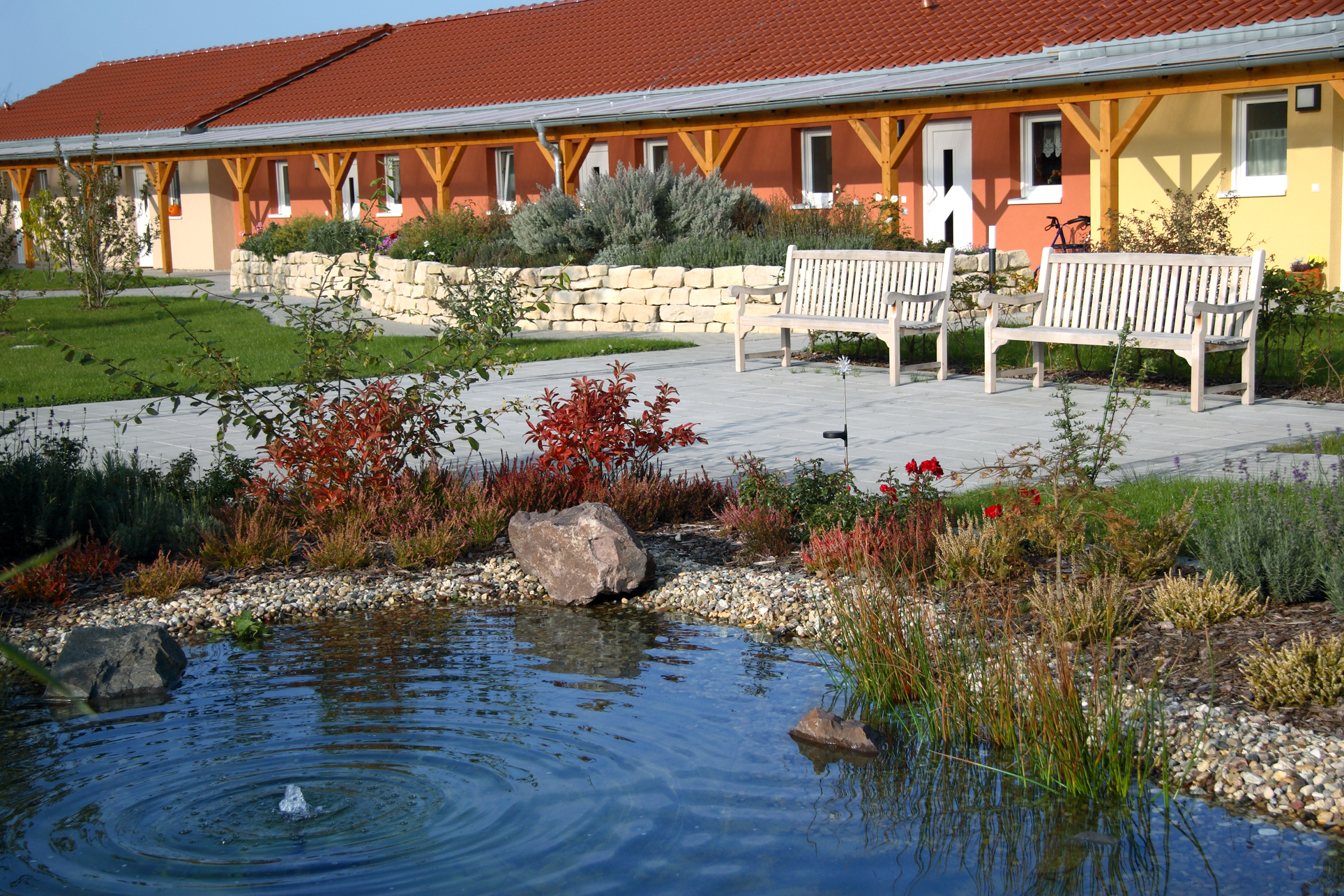
How Closely are Senior Living Cap Rates and Interest Rates Correlated? By Jason Punzel
As we see interest rates starting to rise, many owners are asking us how closely are cap rates and interest rates correlated and how will it affect the value of their senior living communities.
The interest rate on a US Treasury Bond is considered the “risk free” rate of return since the United States Government has never defaulted on its treasury bonds, it is the world’s trade currency, and the United States has the ability, through the Federal Reserve, to print money to meet its obligations. Therefore, many investments are analyzed by their spread over the US Treasury rate. The riskier the asset, the larger the spread is over the US Treasury. Over the past 10 years, skilled nursing cap rates have averaged about 1,000 basis points above the US 10 year treasury rate and assisted living cap rates have averaged about 600 basis points above the US 10 year treasury rate. This is because skilled nursing is considered a riskier asset than assisted living.
This raises the question, is the risk “spread” over the US Treasury a constant or not? Or, when interest rates change, do cap rates always change in exact correlation? Although interest rates and cap rates are closely correlated, there is not a 100% correlation.
The risk premium over the “risk free” rate of a US Treasury Bond of any asset is going to vary based upon the demand of investors. If the given asset suddenly becomes more attractive to investors, the risk premium will decrease, and vice versa. The risk premium also varies based upon future expectations of a given asset. Seniors housing assets still have a greater risk premium than traditional market rate apartments since the investment community considers it a riskier asset. However, given the future demand for seniors housing, this risk premium may decrease, resulting in a lower cap rate, even if interest rates increase.
Conclusion:
While interest rates do have a strong correlation with cap rates, there are many other factors that go into determining a cap rate, most importantly, the future risk that investors perceive in a given asset. Thus, in a rising interest rate environment, we can expect cap rates to increase. However, based upon investor demand, the correlation will not be exact.
For more information about the value of your senior living communities, please contact Jason Punzel at 630-858-2501 x 233 or punzel@slibinc.com.



